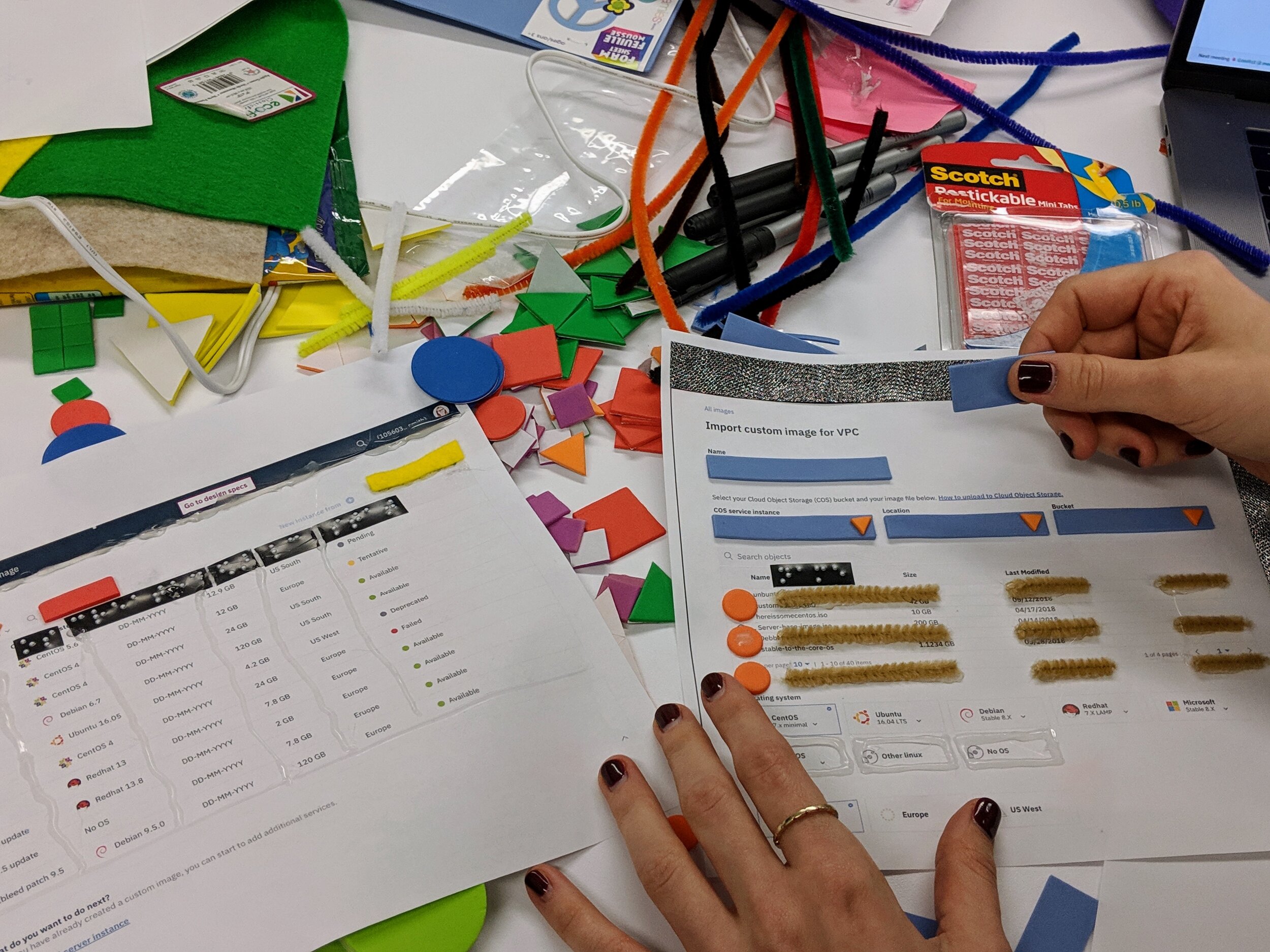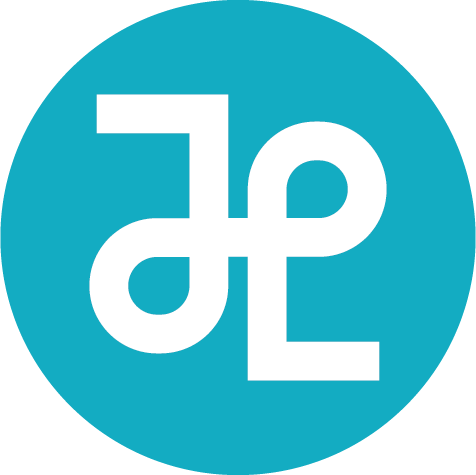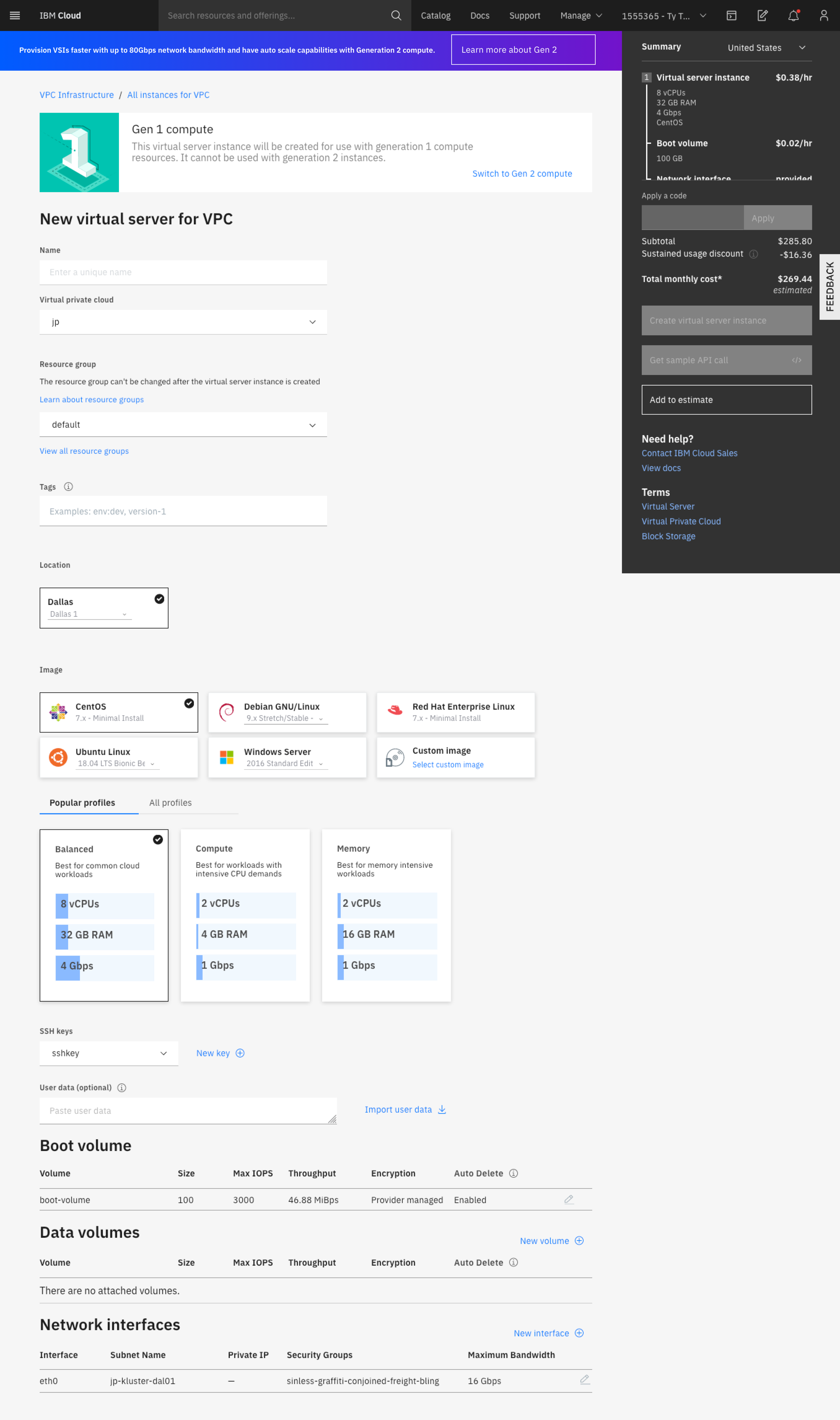Product Impact
Guiding and motivating a team through a challenging product delivery.
THE STORY OF MULTIGENERATIONAL VPC.
I have worked on Virtual Private Cloud since its inception. When it GA’d in 2019, technical constraints required a bifurcated release of the product, which resulted in two worlds: Gen 1 released first, then Gen 2 released several months afterwards. Because the foundational technology of Gen 1 and Gen 2 was different, resources provisioned in each environment were not interoperable. While the design team was unable to impact the architecture of the product, we understood that there were many potential pitfalls that we needed to help our users avoid and navigate. Through this project, I motivated a design team to navigate seemingly insurmountable technical challenges while maintaining morale. I encouraged the team to understand where they could make a marked impact and focus their efforts in the scope of their control. As a team, we led cross-functional efforts to help the user better understand the implications of provisioning resources in each of these environments via multiple touch points including overview pages, modals, notifications, and switchers. We also fiercely advocated an accelerated transition to one VPC environment for users to be productive in. As of February 2021, Gen 1 has been sunset and users are fully productive in the Gen 2 environment.

Engaging partners for cross-functional collaboration.
AUTOMATIC IP ADDRESS SELECTOR
I identified a lack of collaboration across our disciplines and initiated co-collaboration sessions with our design, development, and product management partners. During these meetings, we brainstormed opportunity areas in our products that had high impact and high feasibility. One of the outcomes was designing a more efficient way for architects to organize the subnets in their networks. This is one of the product’s key differentiators and routinely receives praise in user testing studies.

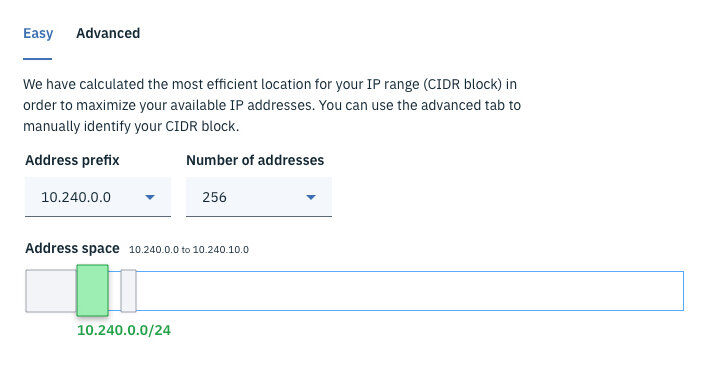
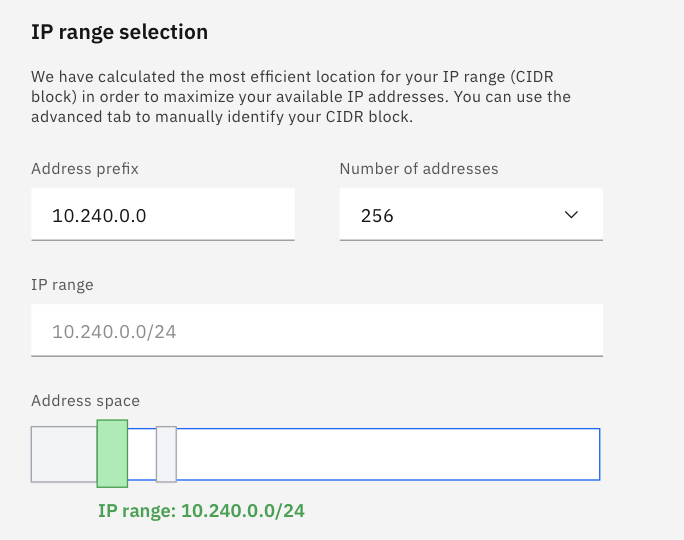
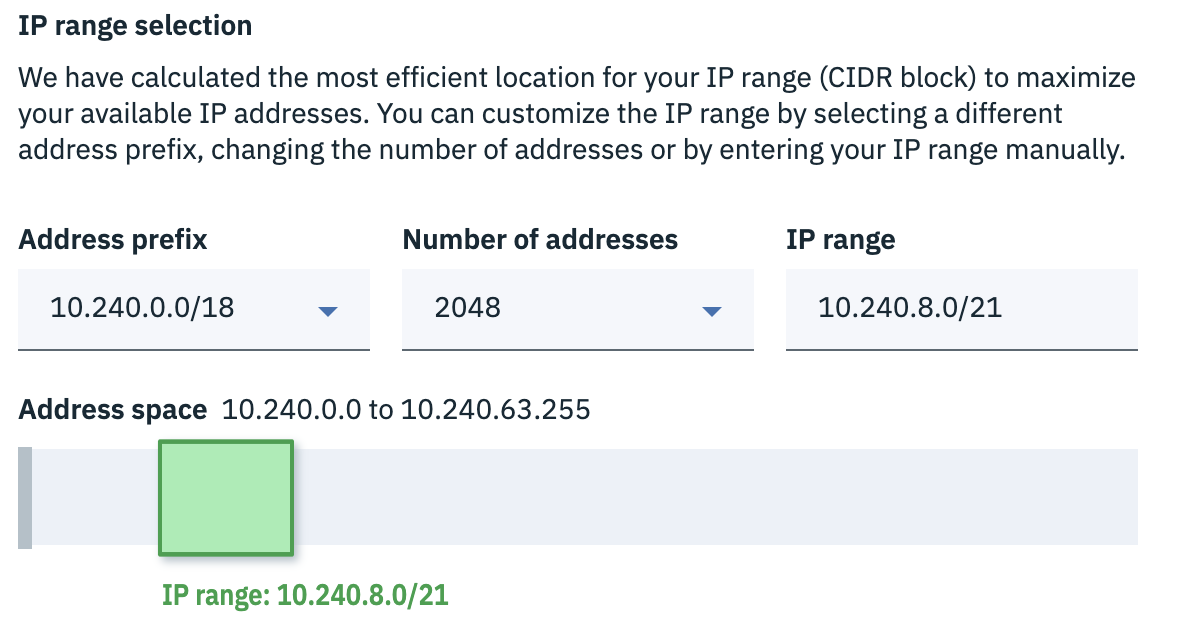
Designing for accessibility with accessibility in mind.
TACTILE WIREFRAMING
We often worked with a dev manager who has a vision impairment. He needs to use a screenreader called JAWS to understand our design concepts so we can communicate about their feasibility and accessibility. However, JAWS only works on coded applications so by the time he was able to give feedback, the dev teams had already spent a considerable amount of time developing the designs. If he had feedback or comments, the team had to weigh the severity and if it was worth extensive refactoring. We designed a tactile wireframing kit so we could have a shared language to give all our partners a more equal seat at the table.

